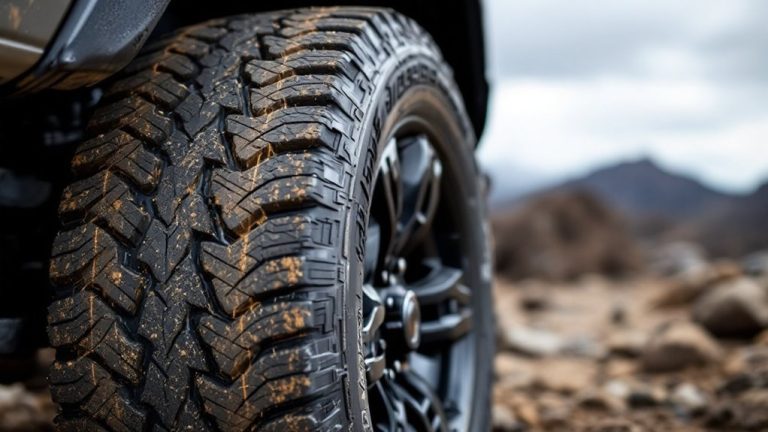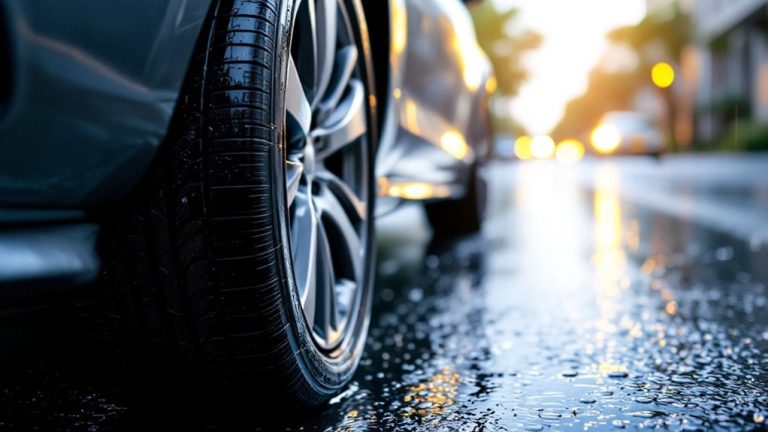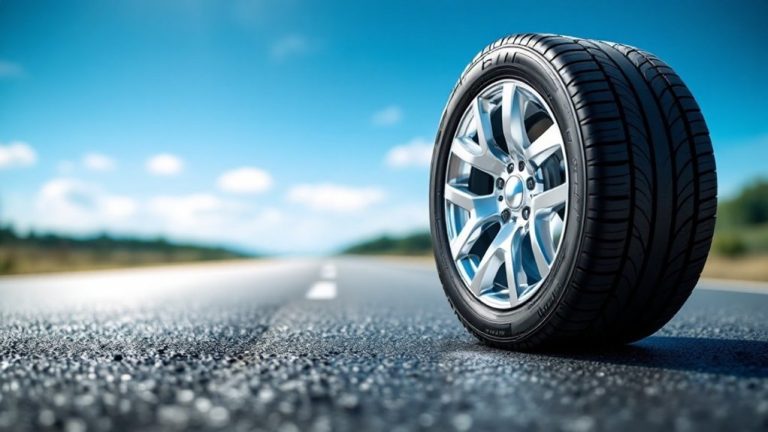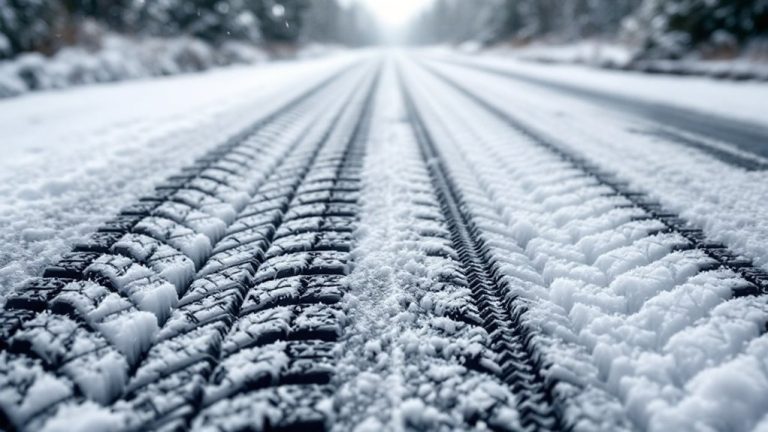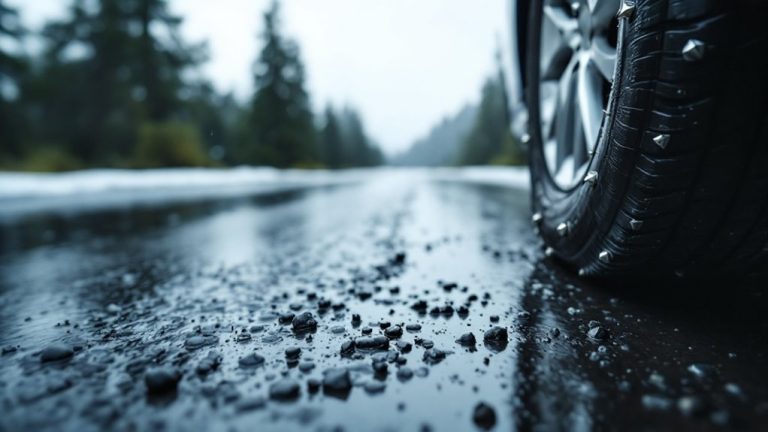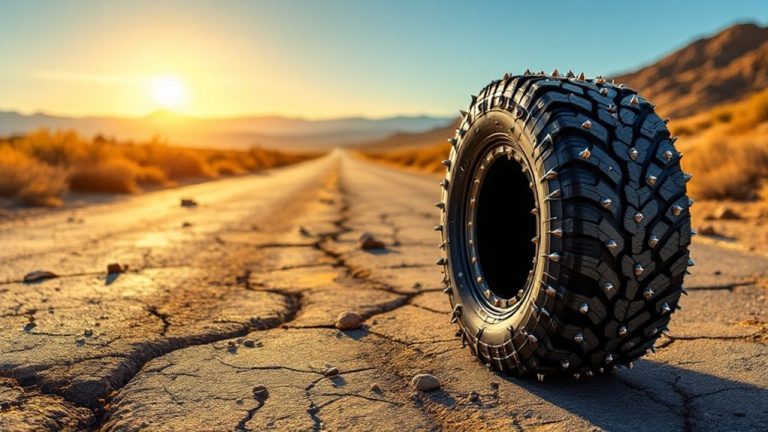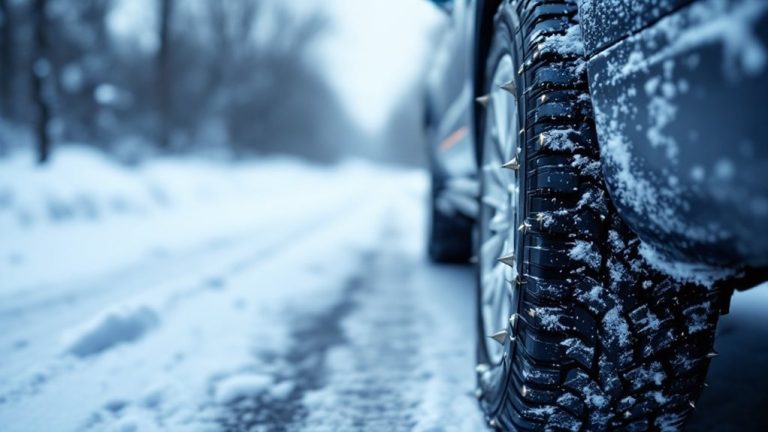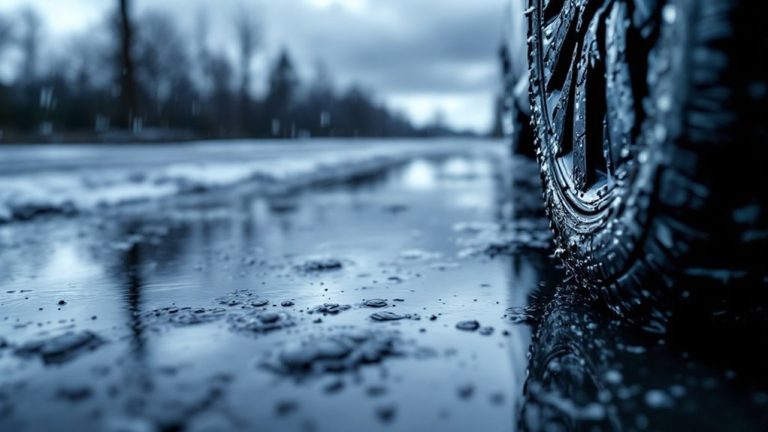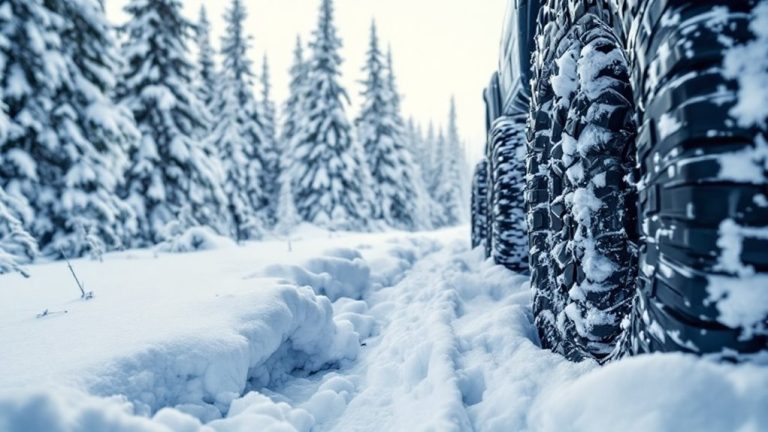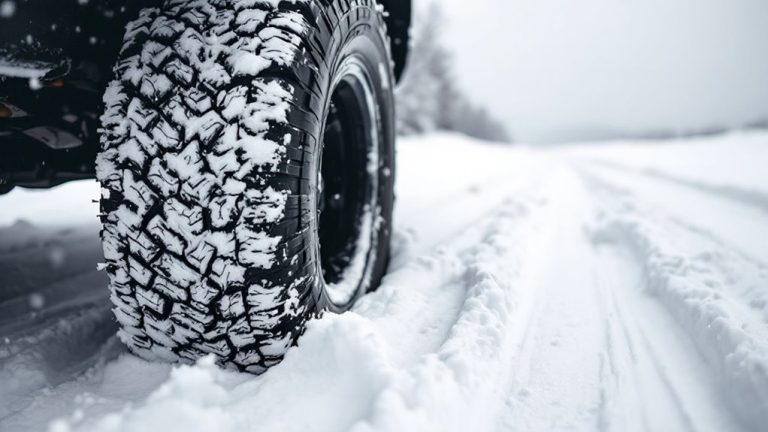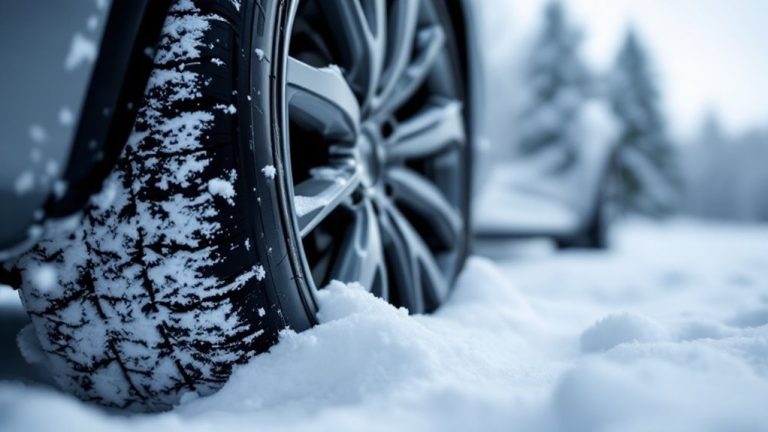Are Bf Goodrich Tires Good
BFGoodrich tires stand out as a top pick for many drivers. They boast over 150 years of tire-making history. Their big wins include the first tubeless tire in 1947. They also launched radial tires back in 1965. Drivers love the All-Terrain T/A KO2 for off-road trips. Its tough treads handle rough paths with ease. On city roads, the g-Force Sport Comp-2 shines. It gives sharp control and smooth rides. Many users praise their long-lasting wear. They also rave about the strong grip. These tires fit all kinds of driving needs. Stay tuned for more useful details.

